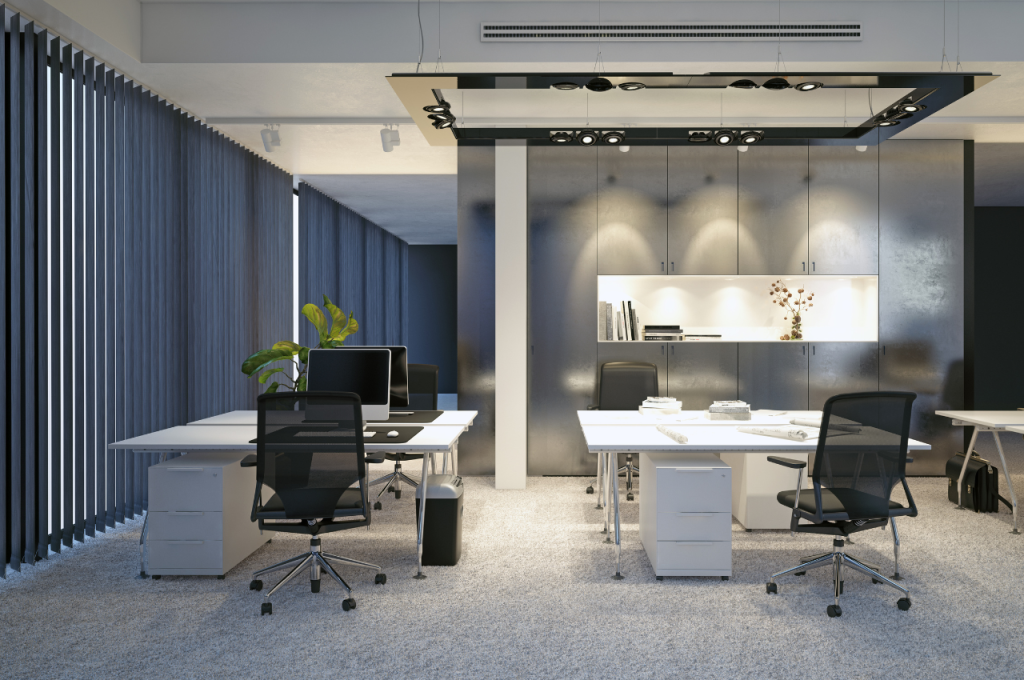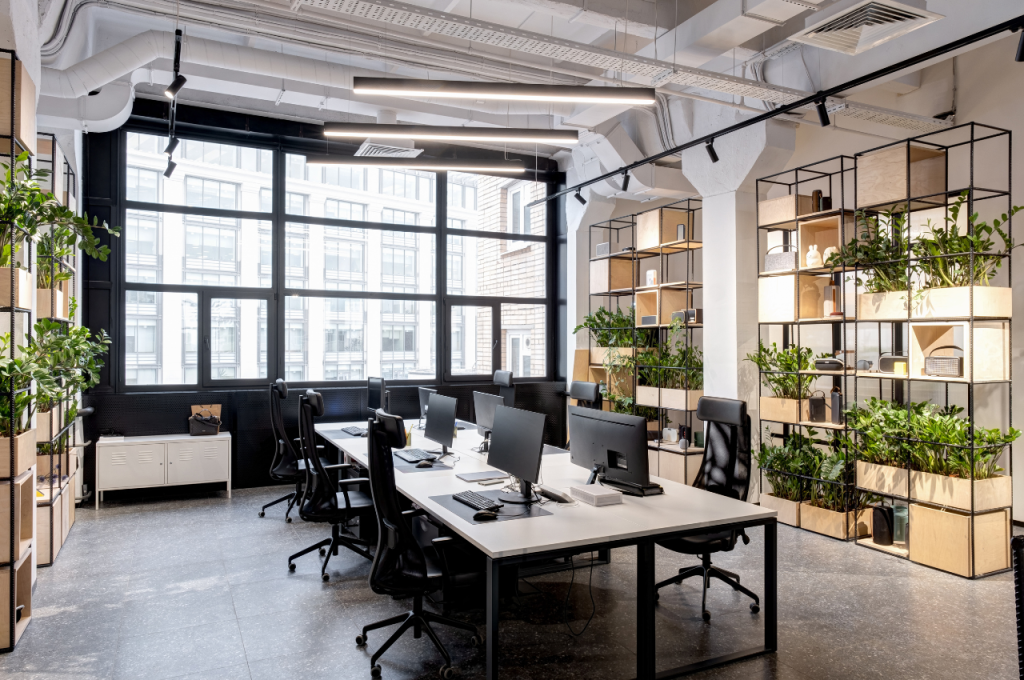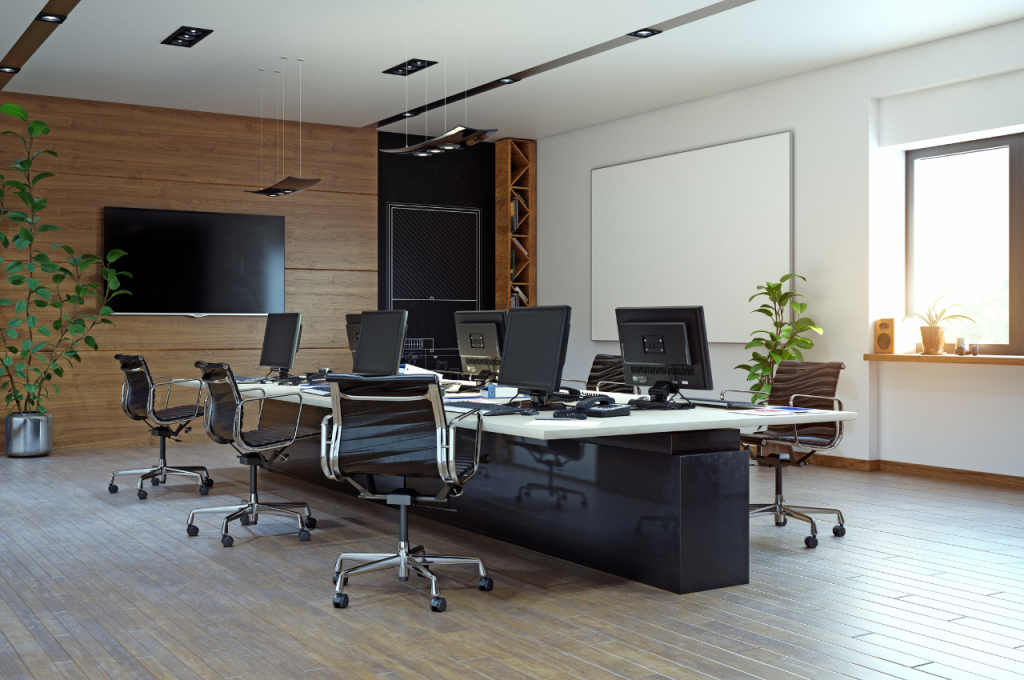Small office interior design encompasses space optimization, functionality, and creating a conducive work environment to enhance productivity. It involves careful selection of furniture, lighting, and color schemes to reflect the office’s brand and culture.
A well-designed office space can foster creativity, collaboration, and employee well-being, thus impacting the overall success of the business. Effective small office interior design involves utilizing available space efficiently without compromising functionality. It is essential to create a professional and inviting atmosphere that aligns with the company’s values and objectives.
By focusing on details such as lighting, layout, and ergonomic furniture, a small office can be transformed into a productive and inspiring workspace.
Importance of Office Interior Design
Office interior design plays a crucial role in creating a productive and harmonious work environment. The way an office is designed can significantly impact employee’s well-being, productivity, and overall work experience. Therefore, small offices need to prioritize interior design to create a space that fosters focus, collaboration, and creativity.

Boost Employee Productivity
The design of a small office can have a direct impact on employee productivity. Well-designed spaces can encourage better time management, reduce distractions, and enhance overall efficiency. Proper layout and organization can also optimize workflow and help employees stay focused on their tasks without feeling overwhelmed.
Enhance Employee Well-being
A well-designed small office can contribute to the physical and mental well-being of employees. Incorporation of natural light and greenery can promote a healthier work environment. Comfortable and ergonomic furniture can minimize physical strain and improve posture. Creating dedicated areas for relaxation can also help reduce stress and increase overall satisfaction.
Optimizing Space Efficiency
When it comes to small office interior design, optimizing space efficiency is crucial. With limited square footage, making the most of every inch is essential to create a productive and visually appealing workspace. By focusing on utilizing vertical space and incorporating multi-functional furniture solutions, small office interiors can be transformed to maximize functionality without feeling cramped or cluttered.
Utilizing Vertical Space
Vertical space utilization is a game-changer in small office interior design. Rather than solely relying on floor space, using walls and ceilings efficiently can help expand storage and functional areas. Installing floating shelves, wall-mounted storage units, and overhead cabinets can keep clutter off the floor while creating a visually appealing display of essential items.
Multi-functional Furniture Solutions
Incorporating multi-functional furniture is a smart approach to small office interior design. Choose pieces that can serve dual purposes, such as a desk with built-in storage, collapsible tables, or foldable chairs. These solutions not only save space but also add versatility to the office layout, allowing the space to adapt to different needs.
Color Psychology in Workspace
Color psychology plays a crucial role in small office interior design, influencing productivity and creativity. Thoughtfully chosen colors can enhance focus, stimulate ideas, and create a positive work environment, ultimately improving overall efficiency and employee satisfaction.
Choosing The Right Color Scheme
In small office interior design, choosing the right color scheme is crucial for setting the tone and atmosphere. It can impact productivity and creativity.
Impact of Colors on Mood and Performance
Colors play a significant role in influencing mood and performance in a workspace. Each color can evoke distinct emotions and behaviors.
Incorporating Biophilic Elements
When it comes to small office interior design, incorporating biophilic elements can create a space that inspires creativity, productivity, and well-being. Biophilic design aims to reconnect people with nature, bringing the outdoors inside and promoting a harmonious relationship between humans and their environment. By integrating elements such as plants, natural light, and organic materials, small offices can transform into vibrant and refreshing spaces where employees thrive.
Adding Plants and Greenery
Plants and greenery are integral components of biophilic design. They not only add aesthetic appeal but also contribute to improved air quality and reduced stress levels. When it comes to incorporating plants in a small office, it’s essential to consider the available space and maintenance requirements. Consider creating a green wall or using hanging plants to maximize vertical space. Low-maintenance plants, such as succulents and spider plants, are ideal choices for busy workplaces.
Another way to incorporate plants is by placing them strategically on desks, shelves, and windowsills. Not only do they provide a breath of fresh air, but they also add a touch of natural beauty to the workspace. Plants with broad leaves and vibrant colors can create a calming and invigorating atmosphere, making employees more productive throughout the day.
Natural Light Integration
Natural light is a powerful element of biophilic design that can uplift the mood, enhance concentration, and even regulate the body’s circadian rhythm. In small office spaces, maximizing natural light can be a challenge, but it is crucial for creating a bright and inviting environment.

To optimize natural light integration, position workstations near windows or glass walls to allow ample daylight to flood the space. This placement not only minimizes the need for artificial lighting but also provides employees with access to views of the outside world. Additionally, using lightweight and translucent window coverings allows for privacy while maintaining a connection with the outdoor environment.
If windows are limited, consider using reflective surfaces, such as mirrors or glass partitions, to bounce natural light into darker corners of the office. By strategically placing these reflective elements, you can effectively distribute sunlight and create an illusion of a more spacious working area.
Personalization and Brand Identity
Achieve a personalized and unique brand identity with a small office interior design that reflects your company’s values and culture. Transform your workspace into a space that represents your brand, creating a cohesive and inviting atmosphere for both employees and clients.
Showcasing Company Values
Personalization and brand identity are crucial elements in small office interior design. It’s not just about creating a visually appealing workspace; it’s about creating an environment that reflects the company’s values and culture. When clients and employees step into your office, they should immediately sense the essence of your brand.
One way to showcase your company values through interior design is by incorporating your brand colors into the office space. Whether it’s through accent walls, furniture, or artwork, using your brand’s color palette creates a cohesive and visually appealing environment.
Another way to showcase company values is by displaying your mission statement or core values on the walls. This serves as a constant reminder for employees of what the company stands for and reinforces a sense of purpose within the workspace. Additionally, it also conveys a positive impression to clients and visitors, making them more likely to resonate with your brand.
Customizing Spaces for Individual Teams
Creating a personalized environment for each team within your small office is essential to foster collaboration and boost productivity. When teams have spaces that cater to their specific needs, they feel more empowered and motivated to excel in their work.
A practical way to customize spaces for individual teams is by providing them with dedicated areas that align with their work requirements. For example, a marketing team may benefit from a creative space equipped with whiteboards and brainstorming tools, while a development team may require a quiet area for focused coding and problem-solving.
Additionally, allowing teams to personalize their workstations with items that inspire them, such as plants, artwork, or meaningful objects, can contribute to a sense of ownership and identity within the workspace. This personal touch can also enhance team cohesion and collaboration.
Ergonomic Design for Health
In a small office, creating an ergonomic workspace is vital for promoting the health and well-being of employees. The ergonomic design aims to optimize the workspace to minimize physical discomfort and reduce the risk of repetitive strain injuries.
Importance of Ergonomics
Ergonomics is crucial for maintaining employee health and productivity. Well-designed workspaces can prevent musculoskeletal issues and fatigue by supporting proper posture and minimizing awkward positions.
Choosing Comfortable and Supportive Furniture
When selecting furniture for a small office, prioritize comfort and support. Look for chairs with adjustable features, such as lumbar support, adjustable armrests, and seat height to ensure proper ergonomic positioning. Standing desks can also be beneficial for alternating between sitting and standing postures.
Budget-friendly Design Tips
If you’re looking to revamp your small office interior design without breaking the bank, implementing budget-friendly design tips can provide a fresh new look while saving you money. With a little creativity and strategic planning, you can achieve a stylish and functional workspace without overspending.
DIY Upcycling Projects
One cost-effective way to enhance your office space is through DIY upcycling projects. Repurposing old furniture or accessories with a fresh coat of paint or new upholstery can breathe new life into your workspace. Additionally, creating custom storage solutions using reclaimed materials can add a unique and eco-friendly touch to your office design.
Strategic Investments for Long-term Savings
When considering budget-friendly design, strategic investments can lead to long-term savings. Prioritizing durable and multifunctional furniture pieces can reduce the need for frequent replacements, ultimately saving you money in the long run. Furthermore, energy-efficient lighting and appliances can lower utility costs over time, making them smart investments for your small office.

Conclusion
Revamp your small office interior design and boost productivity with these simple yet effective tips. Create an inspiring workspace that reflects your brand identity and enhances employee well-being. Remember, a well-designed office can make a huge difference in the success of your business.
Upgrade your space now!

